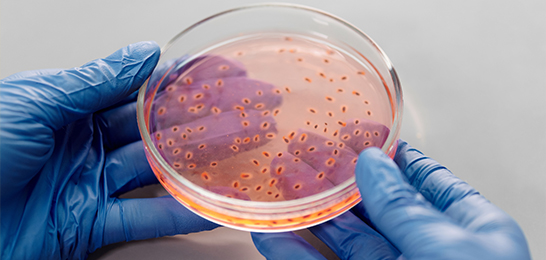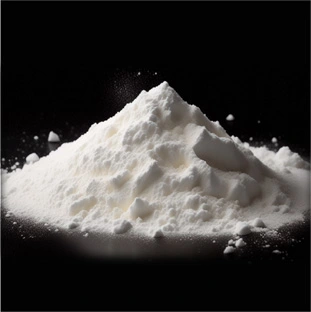Published Date: Jan 18 2023
1. What is the pharmaceutical intermediate?
Pharmaceutical intermediates are some chemical raw materials or chemical products used in the process of API synthesis. They do not need the production license of API and can be produced in ordinary chemical plants. As long as they reach some levels, they can be used for the synthesis of API. Non-GMP intermediates and GMP intermediates can be classified according to their impact on the quality of the final API. Non-GMP intermediates refer to pharmaceutical intermediates prior to the origin material of the API; GMP intermediates refer to pharmaceutical intermediates produced under the requirements of GMP (Good Manufacturing Practice), that is, after the starting material of the API, produced in the API synthesis step, undergo further molecular changes or refinement of a substance before becoming an API.
2. Several common pharmaceutical intermediates
(1) 1-(6-methoxy-2-naphthol) ethanol
Naproxen has a variety of synthesis methods, among which the carbonyl route is superior to the traditional route because of its high selectivity and environmental friendliness. 1-(6-methoxy-2-naphthol) ethanol is the key pharmaceutical intermediate in the carbonylation of naproxene.
(2) 4-propylthio-o-phenylenediamine
4-propylthio-o-phenylenediamine is the key intermediate of the highly effective broad-spectrum anthelmintic drug albendazole, which has been marketed since the late 1980s and is the most potent among the benzimidazoles with low toxicity to humans and animals. Using o-nitroaniline as raw material, 4-propylthio-2-nitroaniline is obtained by thiocyanation and propyl bromide substitution with sodium thiocyanate in the presence of methanol, which is then reduced to obtain the 4-propylthio-o-phenylenediamine.
(3) Alpha-methylene cycloketone
Alpha-methylene-cycloketone is the active center of many anticancer living creatures. The structure of α-β-unsaturated ketone belongs to the hidden group of anticancer active group, which has become an important pharmaceutical intermediate for the synthesis of many important cyclic anticancer drugs. The Pharmaceutical Research Institute has developed the reaction of cyclopentanone, cyclohexanone and isophorone with diethyl oxalate respectively, and then the reaction products are reacted with formaldehyde to obtain the corresponding α-methylene cyclopentanone, α-methylene cyclohexanone and α-methylene isophorone, etc. In the first step, the reaction is carried out in the presence of solvent, which is generally used as dimethyl sulfoxide and tetrahydrofuran.
(4) 4, 4'-dimethoxy-acetoacetate methyl ester
4,4'-dimethoxy-acetoacetate methyl ester is an intermediate of an important drug for the treatment of geocentric cerebrovascular diseases. Nivadipine, a second-generation calcium antagonist developed by a Japanese company and marketed in 1989, is currently the leading drug for the treatment of cardiovascular and cerebrovascular diseases in the international market. Methyl dimethoxy-acetoacetate is synthesized from acetallic acid and trimethyl orthoformate in the presence of concentrated sulfuric acid. The latter reacts with methyl acetate and sodium methanol to obtain 4,4'-dimethoxy-acetoacetate methyl ester.
(5) C3-chlorocefenic acid
C3-chlorocefenic acid is an intermediate of cefaclor, an important cephalosporin.








